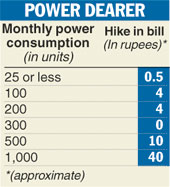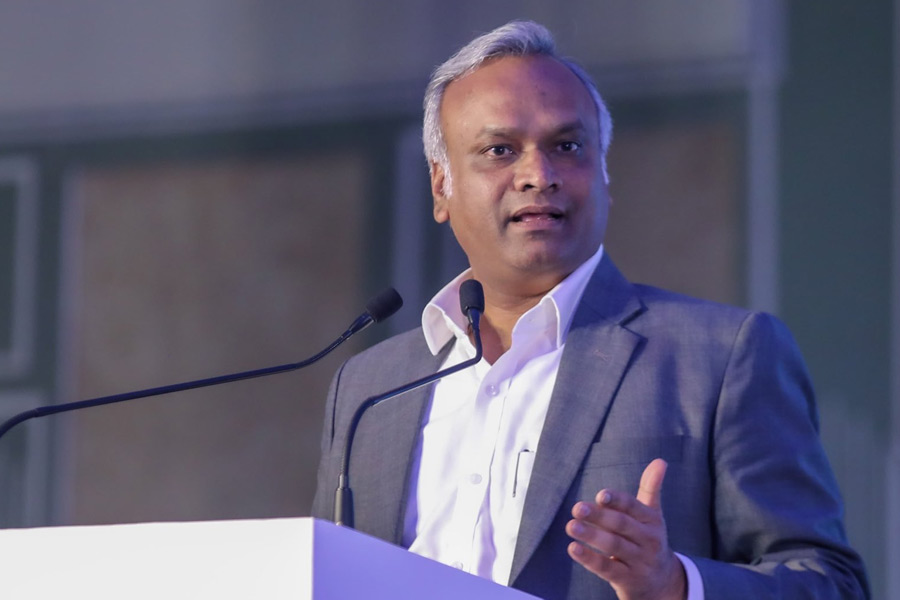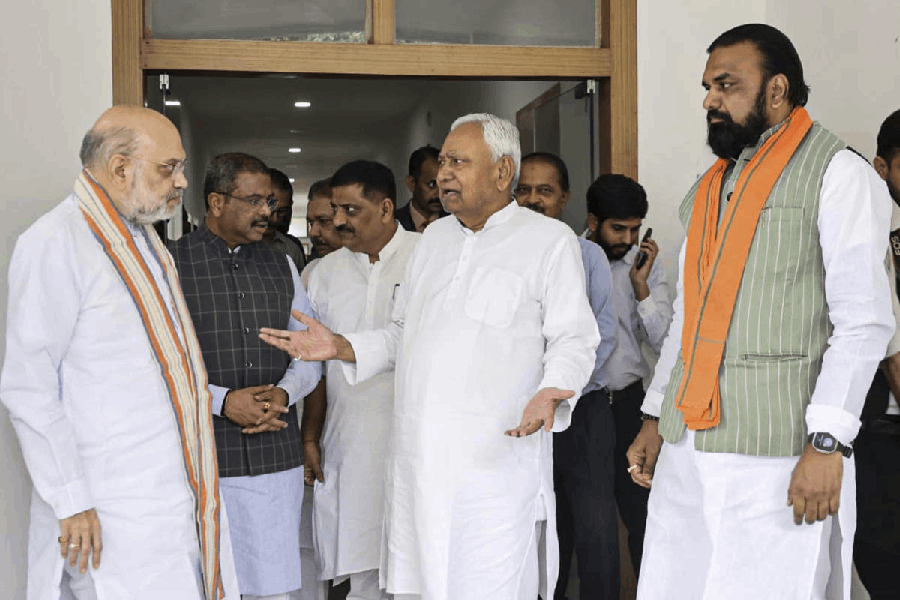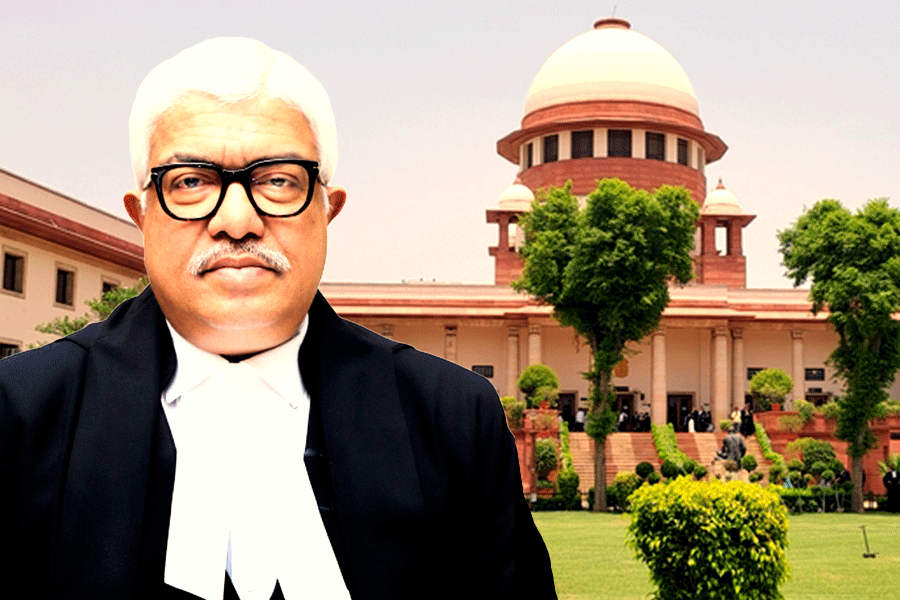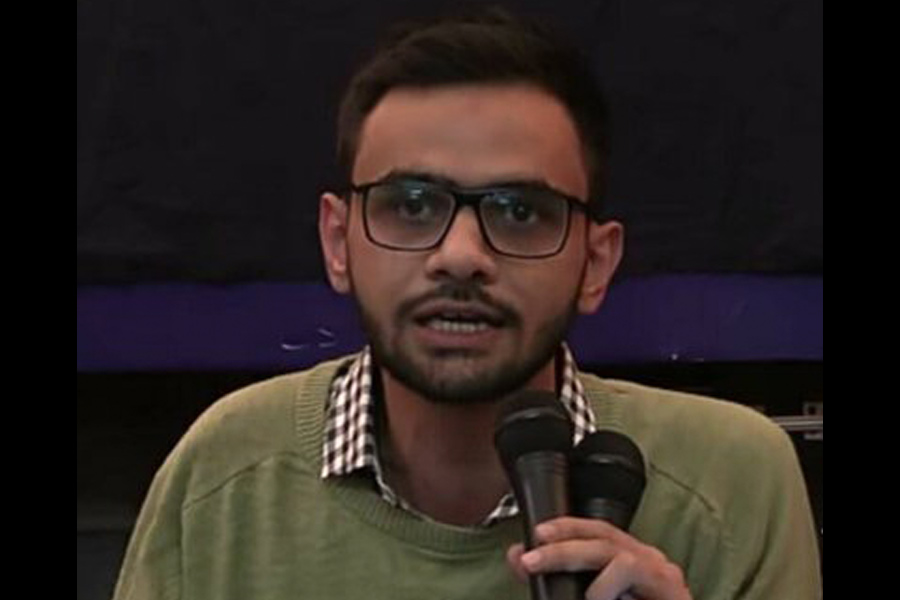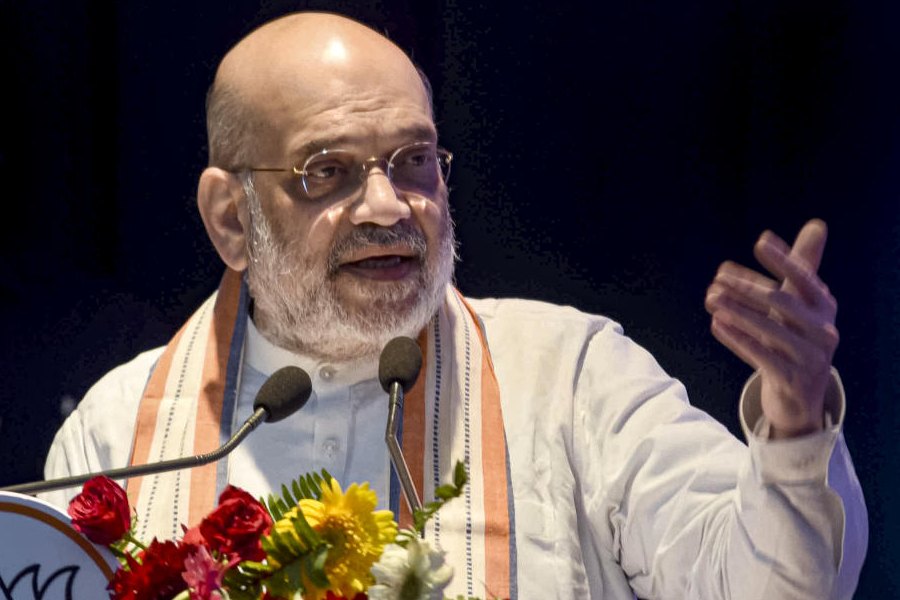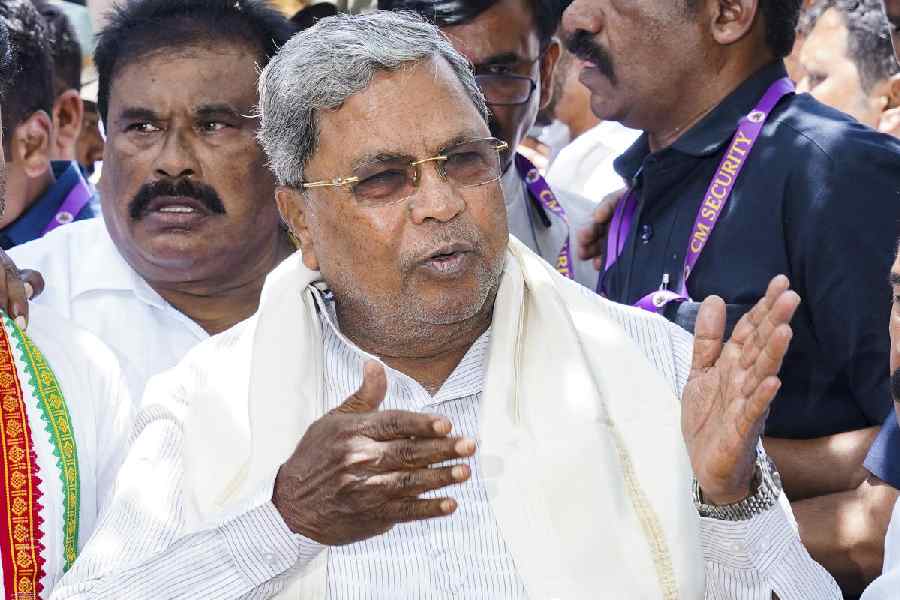 |
Electricity consumers in the CESC zone will have to pay 6 paise more per unit on an average from the next billing cycle but those served by the state-run utility have been spared a hike.
The average per unit tariff for power supplied by CESC is currently Rs 6.03. Once the hike is implemented with retrospective effect from April 1, the monthly bill of a household consuming between 100 and 300 units would increase by up to Rs 4.
This is the second hike for CESC consumers since May 30, when a 15-paise revision was announced to cover “variable costs” such as freight and fuel.
Since power tariffs are calculated on the basis of consumption slabs, not everyone in the CESC’s 26-lakh consumer base in the city and Howrah would be paying more from the next billing cycle (see chart).
For instance, the monthly bill of a consumer burning 300 units would remain the same, whereas someone using 100 units less would need to pay more.
Both CESC and the West Bengal State Electricity Distribution Company Ltd had filed tariff petitions with the West Bengal State Electricity Regulatory Commission in April, citing escalating fixed costs.
The commission turned down the state utility’s request for an average 9 paise hike per unit on that ground but allowed it to continue charging 29 paise extra to cover the rise in variable costs.
The average per unit tariff for the state utility’s 1.05-crore consumer base is Rs 5.82, excluding a government subsidy of 25 paise. Without the subsidy, the average tariff for these consumers would have been 4 paise higher than CESC’s current rate.
CESC generates, transmits and distributes its own power. In the state-run power sector, these responsibilities have been divided among three entities.
“Although we have not been allowed to hike tariff, we are happy that the commission has allowed us to continue charging extra under the variable-cost head. Had chief minister Mamata Banerjee not changed her decision to keep tariffs unchanged, we would have been in trouble,” a senior official of the state-run utility.
Mamata had declared in the first flush of her march to Writers’ that she would not allow the state utility to hike power tariff.
She relented after much persuasion, paving the way for an average Rs 1.11 hike per unit in three instalments, starting January this year.
For CESC consumers, arrears from April 1 will be charged in eight instalments. “The hike is marginal and won’t hurt consumers in any slab,” a company spokesperson said.
The tariff revision will fetch CESC an additional Rs 55 crore this financial year.
Power utilities are allowed to revise tariff on the basis of increase in fixed costs, including salary, pension, interest on debt, and plant and machinery maintenance.
Any such hike is allowed only once a year and is subject to the approval of the regulatory commission.
If variable costs increase every few months, the power utilities can increase tariff multiple times.
The commission assesses these hikes once every financial year and, depending on the reasons cited, allows a power utility to continue charging extra or roll back the hike.

